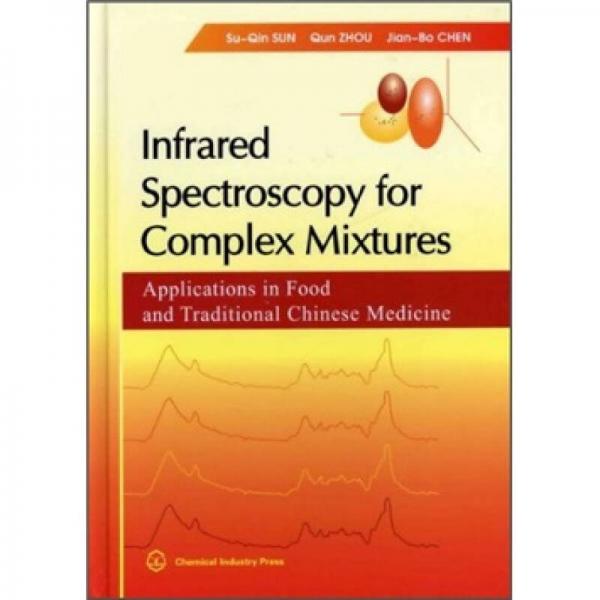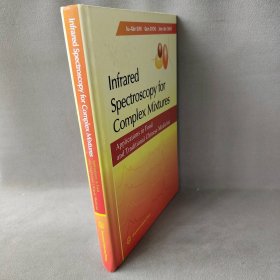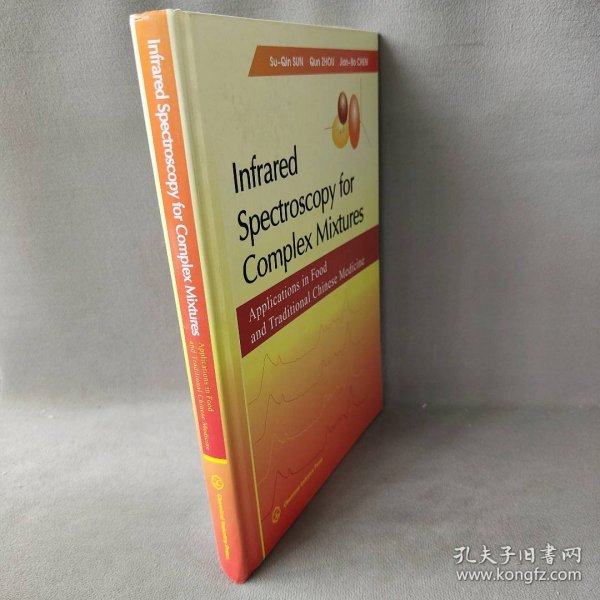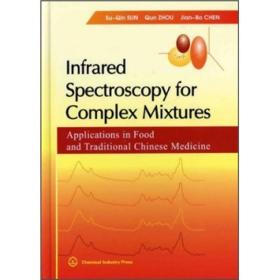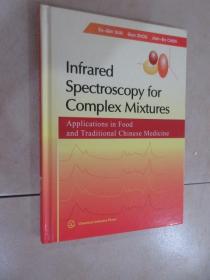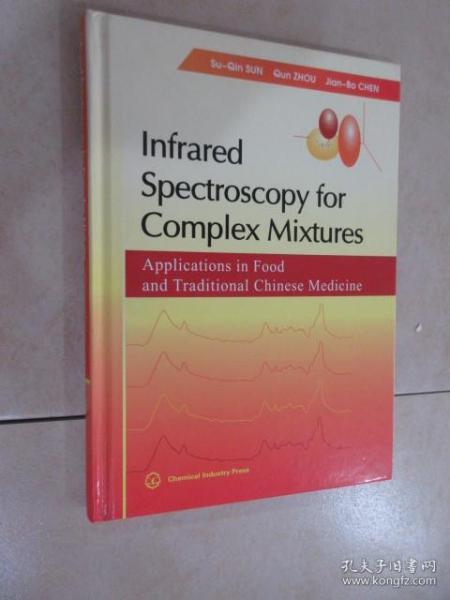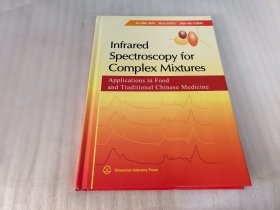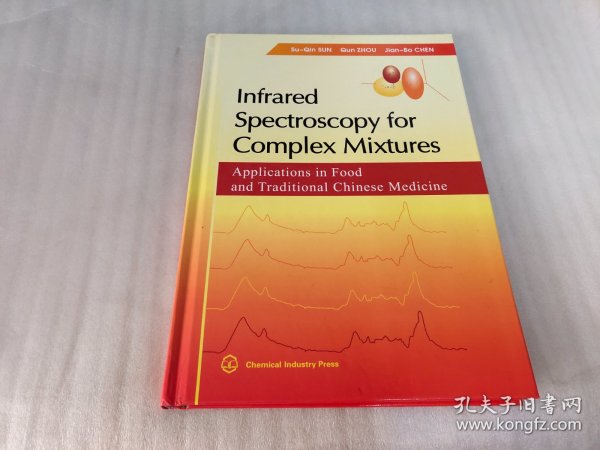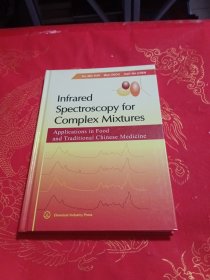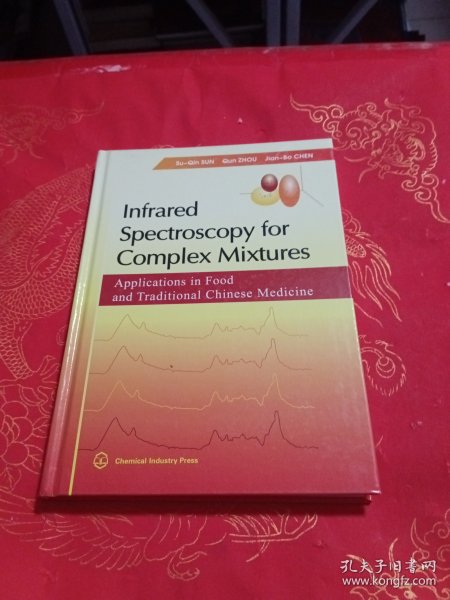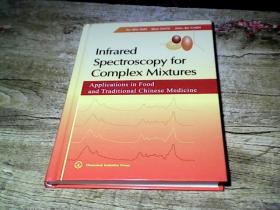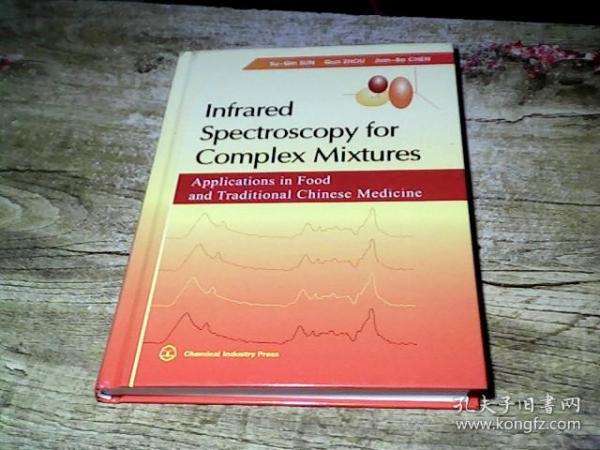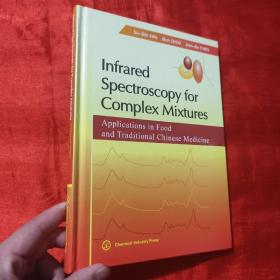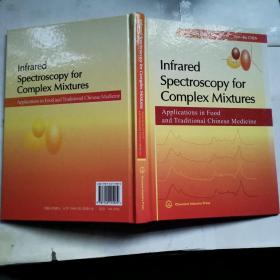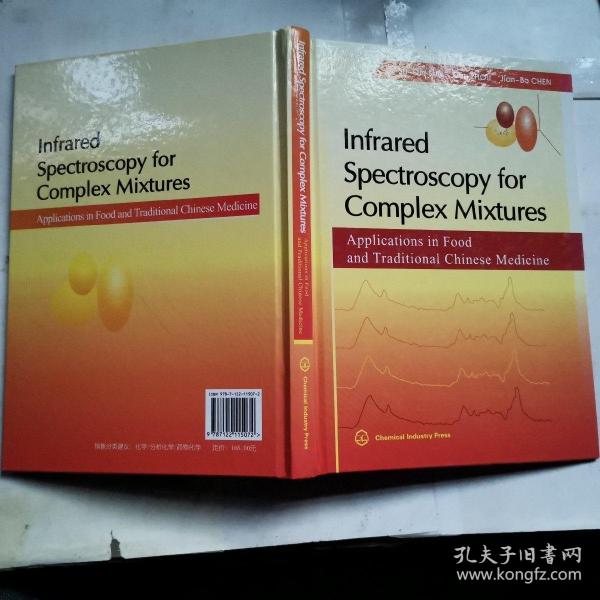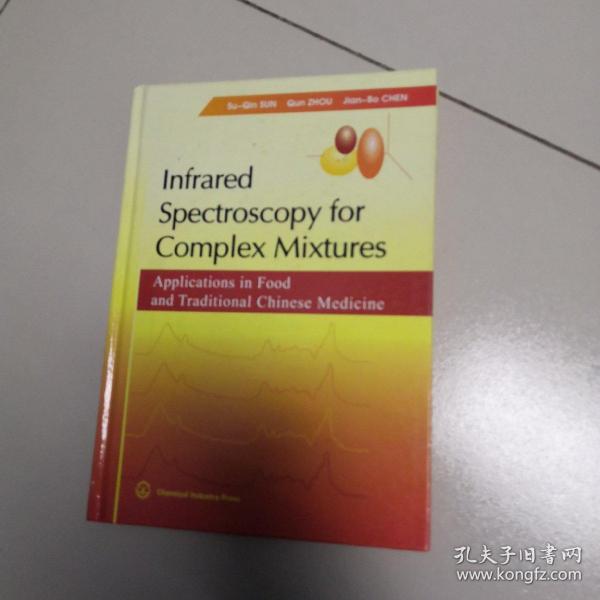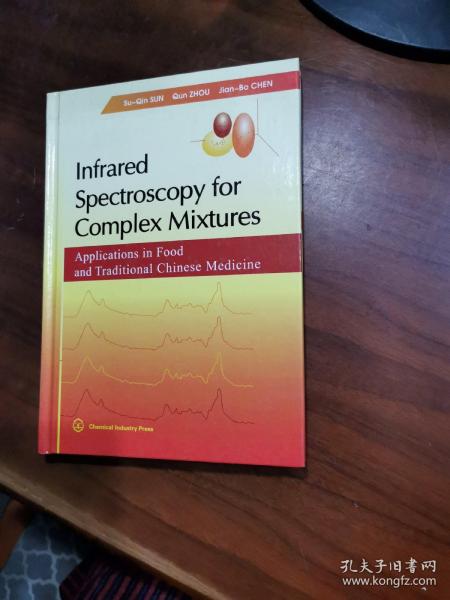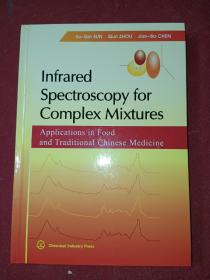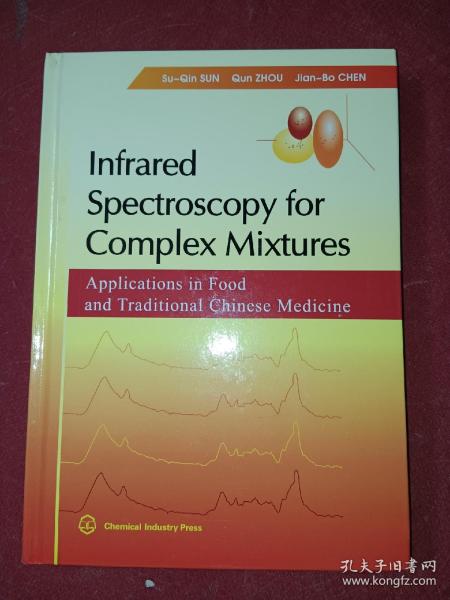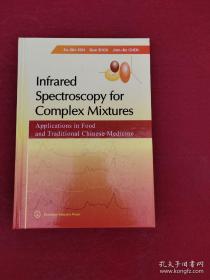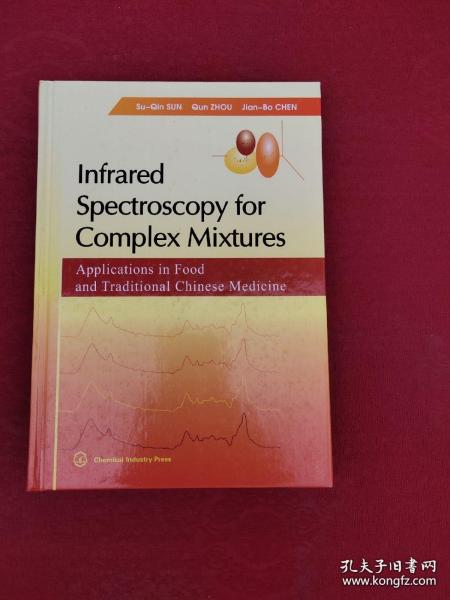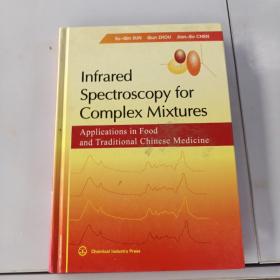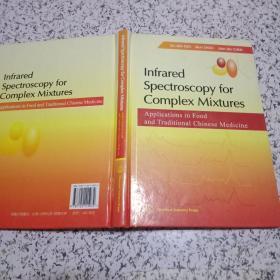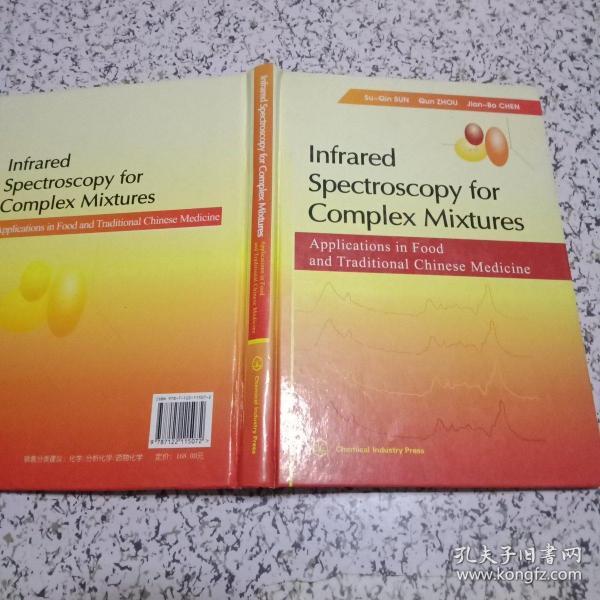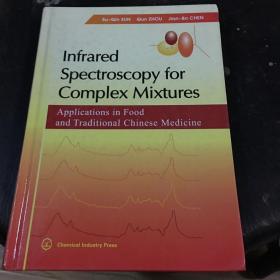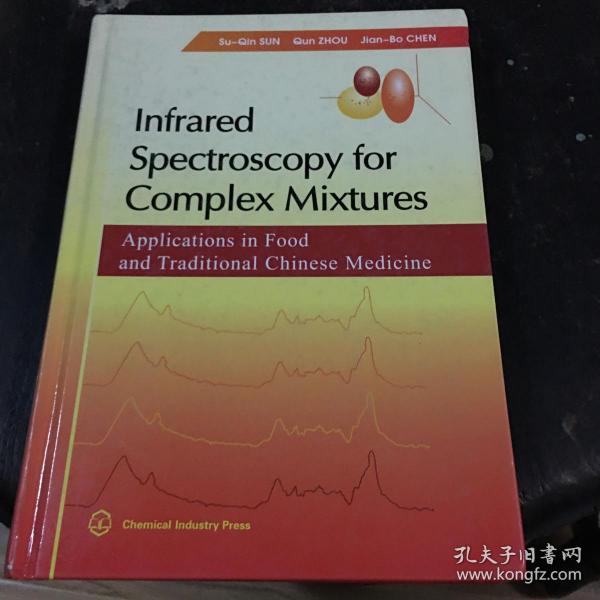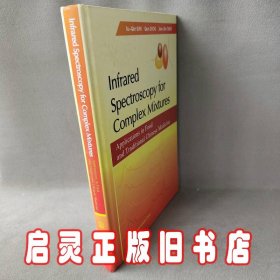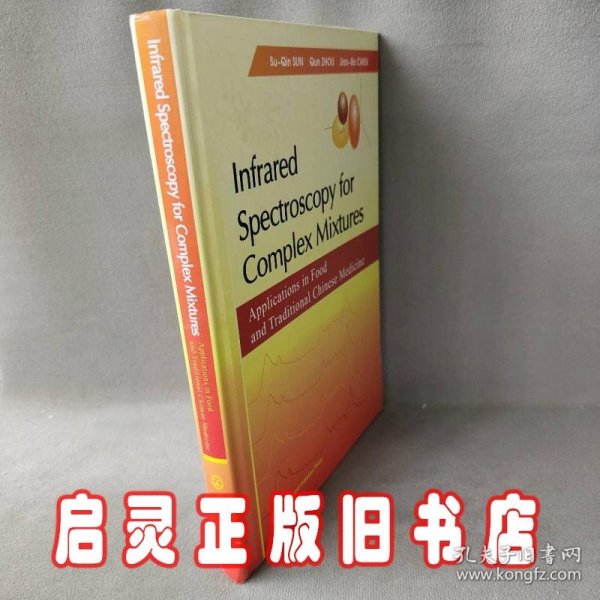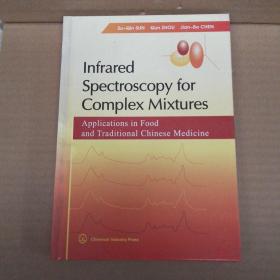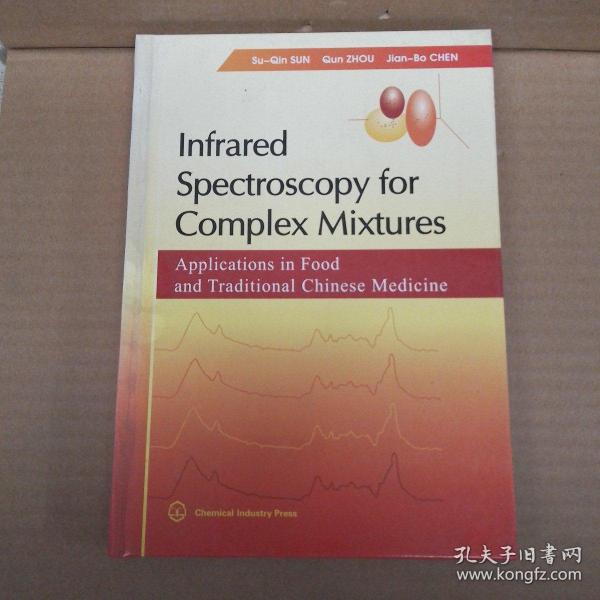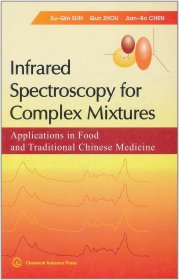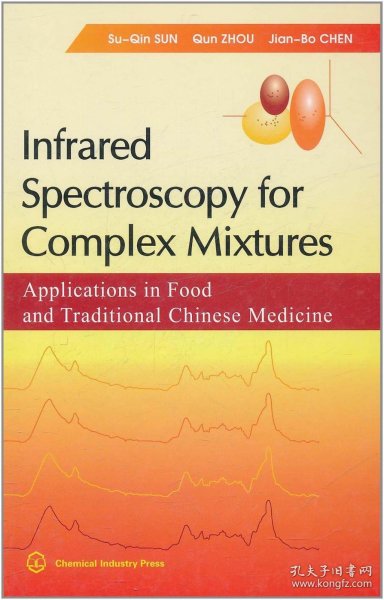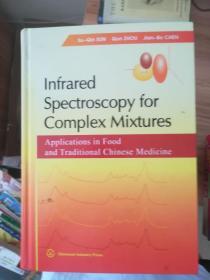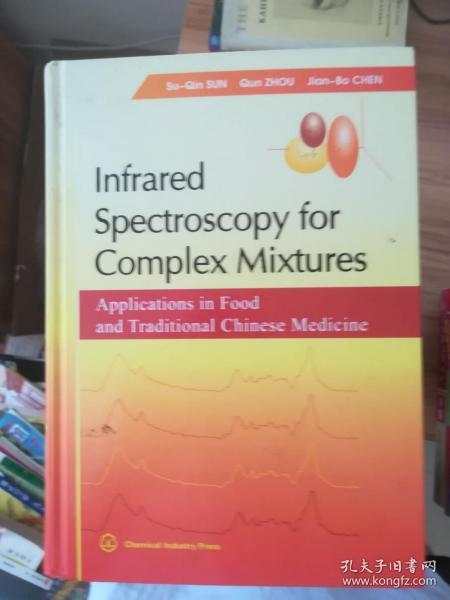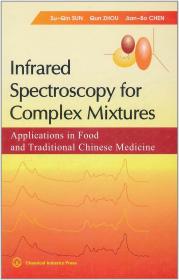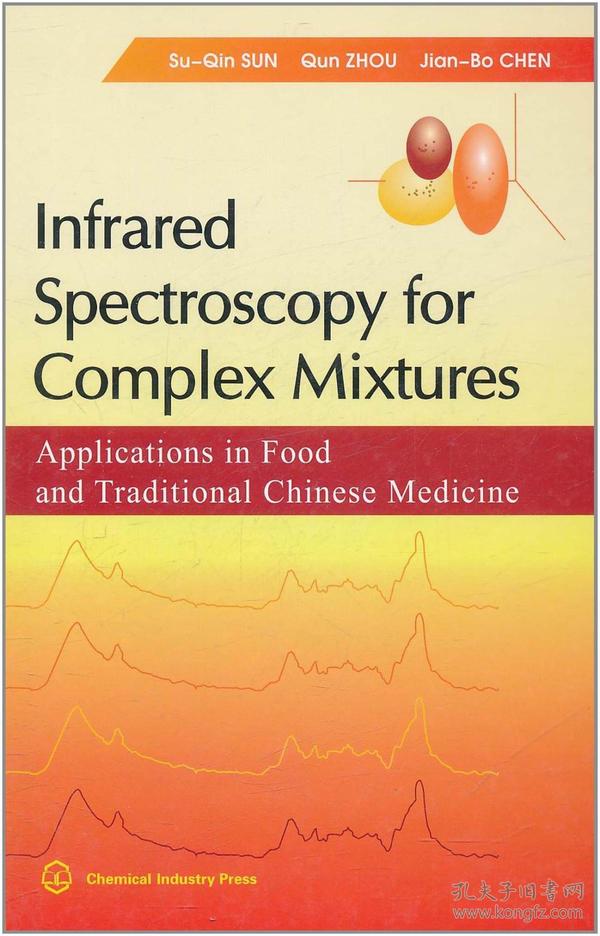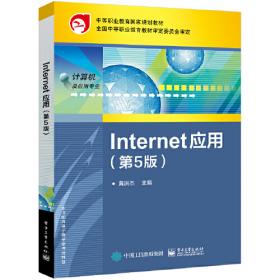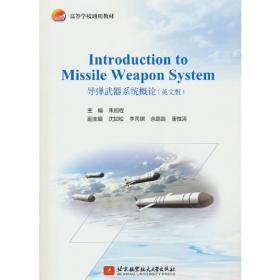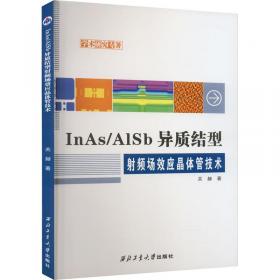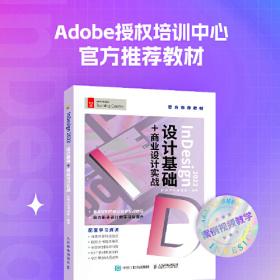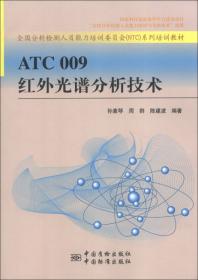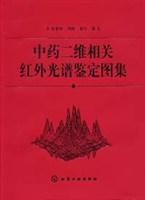Infrared Spectroscopy for Complex Mixtures:Applications in Food and Traditional Chinese Medicine
出版时间:
2011-10
版次:
1
ISBN:
9787122115072
定价:
168.00
装帧:
精装
开本:
16开
纸张:
胶版纸
页数:
235页
字数:
321千字
正文语种:
英语
9人买过
-
Itisgenerallynotsafetodrawaconclusionfromincompletedata,whichisrightforanalyticalchemistry.Moreinformationconcerningunknownsamplesisavailable,moreaccurateassessmentscanbeacquired.Forcomplexmixtures,suchaspharmaceuticals,foodstuff,materials,biologicalsamplesandsoforth,whichthedailyanalyticalchemistrycopeswith,itusuallyrequiresdemandinganalyticalmethodsandcostsalargenumberoflabor,timeandmoneytoobtainedcompleteinformationconcerningeverycomponent.Ontheotherhand,mixturesamplesmaybeincorrectlydeterminedifonlyinformationconcerningseveralcomponentsisprovidedbysimpleanalyticalproceduresandtheothercomponentsarenottakenintoaccount.Isthereacompromisebetweenlaboriousmethodsrequiredforcompleteinformationandeasymethodsleadingtoinaccurateconclusionsinmixtureanalysis? Chapter1IntroductiontoInfraredSpectroscopy
1.1Introduction
1.2PrincipleofInfraredSpectra
1.2.1GenerationofMelecularSpectra
1.2.2DiatomicMolecules
1.2.3PolyatomicMolecules
1.3InfraredSpectrometers
1.3.1DispersiveandFTIRspectrometers
1.3.2InfraredSourcesandDetectors
1.4MeasurementofInfraredSpectra-Sampling
1.4.1TransmissionMethods
1.4.2SamplingAccessories
1.4.3HyphenatedTechniques
1.5ProcessingofInfraredSpectra
1.5.1UnitConversion
1.5.2BaselineCorrection
1.5.3Smoothing
1.5.4OtherManipulations
1.6InterpretationofInfraredSpectra
1.6.1VibrationalModes
1.6.2GroupFrequencies
1.6.3InterpretationPrinciples
1.7Summary
References
Chapter2InfraredSpectroscopyofComplexMixtures
2.1Introduction
2.2SchemesforMixtureAnalysis
2.2.1GeneralGuidelines
2.2.2MixtureAnalysisandSeparation
2.2.3MixtureAnalysisthroughSeparationandCombination
2.3PrincipleofInfraredSpectraAnalysisofMixtures
2.3.1InfraredSpectralMacro-fingerprints
2.3.2DifficultiesinMixtureAnalysisbyIR
2.3.3MethodsforMixtureAnalysisbyIR
2.4AnalysisofMixturesbyIR
2.4.1AnalysisofFood
2.4.2AnalysisofTraditionalChineseMedicine
2.5AdvantagesofInfraredSpectroscopy
2.6Summary
References
Chapter3Tri-StepIdentification
3.1Introduction
3.2ThePrimaryIdentification
3.2.1QualityofInfraredSpectrometers
3.2.2SelectionofSamplingTechniques
3.2.3EvaluationofMeasuredSpectra
3.3TheSecondaryIdentification
3.3.1PrincipleofDerivativeSpectroscopy
3.3.2PropertiesofDerivativeSpectroscopy
3.3.3SecondDerivativeInfraredSpectraofMixtures
3.4TheTertiaryIdentification
3.4.1TheoryofTwo-dimensionalCorrelationSpectroscopy
3.4.2PropertiesofTwo-dimensionalCorrelationSpectra
3.4.3Two-dimensionalCorrelationSpectraofMixture
3.5Summary
References
Chapter4Macro-Interpretation
4.1Introduction
4.2InterpretationofMajorComponents
4.3InterpretationofSpecificComponents
4.3.1SugarsinMilkPowders
4.3.2InorganicCompoundsinTCM
4.3.3ActiveCompoundsinTCM
4.4InterpretationofRelativeContents
4.5Summary
References
Chapter5IntelligentAnalysis
5.1Introduction
5.2SpectralSearch
5.3ObjectiveRecognition
5.3.1QuantitativeSimilarity
5.3.2UnsupervisedMethods
5.3.3SupervisedMethods
5.4QuantitativeAnalysis
5.4.1Introduction
5.4.2UnivariateLinearRegression
5.4.3MultivariateLinearRegression
5.4.4EvaluationandOptimizedoftheModel
5.5Summary
References
Chapter6IdentificationofTCMRawMaterials
6.1Introduction
6.2GenuineandCounterfeitTCMMaterials
6.2.1GlycyrrhizaeRadixetRhizoma
6.2.2SaposhnikoviaeRadix
6.2.3CodonopsisRadix
6.2.4CorniFructus
6.3WildandCultivatedTCMMaterials
6.3.1GinsengRadixetRhizoma
6.3.2SalviaeMiltiorrhizaeRadixetRhizoma
6.4TCMMaterialsfromDifferentAreas
6.4.1DioscoreaeRhizoma
6.4.2SalviaeMiltiorrhizaeRadixetRhizoma
6.4.3AngelicaeDahuricaeRadix
6.4.4PaeoniaeRadixRubra
6.5Summary
References
Chapter7AnalysisofProcessedTCM
7.1Introduction
7.2InvestigationofProcessingMechanisms
7.2.1RehmanniaeRadix
7.2.2SophoraeFlos
7.2.3SinapisSemen
7.3MonitoringofDegreesofProcessing
7.3.1SophoraeFlos
7.3.2ChrysanthemiFlos
7.3.3ViticisFructus
7.4DiscriminationofProcessingMethods
7.4.1RehmanniaeRadix
7.4.2RheiRadixetRhizoma
7.4.3CoptidisRhizoma
7.5Summary
References
Chapter8QualitativeandQuantitativeAnalysisofTCMPreparations
8.1Introduction
8.2TCMExtracts
8.2.1AngelicaeSinensisRadixExtract
8.2.2PaeoniaeRadixAlbaExtract
8.3TCMLiniments
8.3.1ErTianOil
8.3.2RedFlowerOil
8.4TCMFormulaGranules
8.4.1CarbohydrateExcipients
8.4.2SalviaeMiltiorrhizaeRadixetRhizomaGranule
8.4.3ProductStabilityMonitoring
8.5TCMInjections
8.5.1QingKaiLingInjection
8.5.2AstragaliRadixInjection
8.5.3ShuangHuangLianPowderInjection
8.6Summary
References
AppendixInfraredAbsorptionFrequenciesforCommonCompounds
ⅰ.Alkanes
ⅱ.Alkenes
ⅲ.Alkynes
ⅳ.AromaticRings
ⅴ.AlcoholsandPhenols
ⅵ.CarbonylCompounds
ⅶ.Amines
ⅷ.OrganiccompoundscontainingX,Si,B,SandP
ⅸ.InorganicIons
-
内容简介:
Itisgenerallynotsafetodrawaconclusionfromincompletedata,whichisrightforanalyticalchemistry.Moreinformationconcerningunknownsamplesisavailable,moreaccurateassessmentscanbeacquired.Forcomplexmixtures,suchaspharmaceuticals,foodstuff,materials,biologicalsamplesandsoforth,whichthedailyanalyticalchemistrycopeswith,itusuallyrequiresdemandinganalyticalmethodsandcostsalargenumberoflabor,timeandmoneytoobtainedcompleteinformationconcerningeverycomponent.Ontheotherhand,mixturesamplesmaybeincorrectlydeterminedifonlyinformationconcerningseveralcomponentsisprovidedbysimpleanalyticalproceduresandtheothercomponentsarenottakenintoaccount.Isthereacompromisebetweenlaboriousmethodsrequiredforcompleteinformationandeasymethodsleadingtoinaccurateconclusionsinmixtureanalysis?
-
目录:
Chapter1IntroductiontoInfraredSpectroscopy
1.1Introduction
1.2PrincipleofInfraredSpectra
1.2.1GenerationofMelecularSpectra
1.2.2DiatomicMolecules
1.2.3PolyatomicMolecules
1.3InfraredSpectrometers
1.3.1DispersiveandFTIRspectrometers
1.3.2InfraredSourcesandDetectors
1.4MeasurementofInfraredSpectra-Sampling
1.4.1TransmissionMethods
1.4.2SamplingAccessories
1.4.3HyphenatedTechniques
1.5ProcessingofInfraredSpectra
1.5.1UnitConversion
1.5.2BaselineCorrection
1.5.3Smoothing
1.5.4OtherManipulations
1.6InterpretationofInfraredSpectra
1.6.1VibrationalModes
1.6.2GroupFrequencies
1.6.3InterpretationPrinciples
1.7Summary
References
Chapter2InfraredSpectroscopyofComplexMixtures
2.1Introduction
2.2SchemesforMixtureAnalysis
2.2.1GeneralGuidelines
2.2.2MixtureAnalysisandSeparation
2.2.3MixtureAnalysisthroughSeparationandCombination
2.3PrincipleofInfraredSpectraAnalysisofMixtures
2.3.1InfraredSpectralMacro-fingerprints
2.3.2DifficultiesinMixtureAnalysisbyIR
2.3.3MethodsforMixtureAnalysisbyIR
2.4AnalysisofMixturesbyIR
2.4.1AnalysisofFood
2.4.2AnalysisofTraditionalChineseMedicine
2.5AdvantagesofInfraredSpectroscopy
2.6Summary
References
Chapter3Tri-StepIdentification
3.1Introduction
3.2ThePrimaryIdentification
3.2.1QualityofInfraredSpectrometers
3.2.2SelectionofSamplingTechniques
3.2.3EvaluationofMeasuredSpectra
3.3TheSecondaryIdentification
3.3.1PrincipleofDerivativeSpectroscopy
3.3.2PropertiesofDerivativeSpectroscopy
3.3.3SecondDerivativeInfraredSpectraofMixtures
3.4TheTertiaryIdentification
3.4.1TheoryofTwo-dimensionalCorrelationSpectroscopy
3.4.2PropertiesofTwo-dimensionalCorrelationSpectra
3.4.3Two-dimensionalCorrelationSpectraofMixture
3.5Summary
References
Chapter4Macro-Interpretation
4.1Introduction
4.2InterpretationofMajorComponents
4.3InterpretationofSpecificComponents
4.3.1SugarsinMilkPowders
4.3.2InorganicCompoundsinTCM
4.3.3ActiveCompoundsinTCM
4.4InterpretationofRelativeContents
4.5Summary
References
Chapter5IntelligentAnalysis
5.1Introduction
5.2SpectralSearch
5.3ObjectiveRecognition
5.3.1QuantitativeSimilarity
5.3.2UnsupervisedMethods
5.3.3SupervisedMethods
5.4QuantitativeAnalysis
5.4.1Introduction
5.4.2UnivariateLinearRegression
5.4.3MultivariateLinearRegression
5.4.4EvaluationandOptimizedoftheModel
5.5Summary
References
Chapter6IdentificationofTCMRawMaterials
6.1Introduction
6.2GenuineandCounterfeitTCMMaterials
6.2.1GlycyrrhizaeRadixetRhizoma
6.2.2SaposhnikoviaeRadix
6.2.3CodonopsisRadix
6.2.4CorniFructus
6.3WildandCultivatedTCMMaterials
6.3.1GinsengRadixetRhizoma
6.3.2SalviaeMiltiorrhizaeRadixetRhizoma
6.4TCMMaterialsfromDifferentAreas
6.4.1DioscoreaeRhizoma
6.4.2SalviaeMiltiorrhizaeRadixetRhizoma
6.4.3AngelicaeDahuricaeRadix
6.4.4PaeoniaeRadixRubra
6.5Summary
References
Chapter7AnalysisofProcessedTCM
7.1Introduction
7.2InvestigationofProcessingMechanisms
7.2.1RehmanniaeRadix
7.2.2SophoraeFlos
7.2.3SinapisSemen
7.3MonitoringofDegreesofProcessing
7.3.1SophoraeFlos
7.3.2ChrysanthemiFlos
7.3.3ViticisFructus
7.4DiscriminationofProcessingMethods
7.4.1RehmanniaeRadix
7.4.2RheiRadixetRhizoma
7.4.3CoptidisRhizoma
7.5Summary
References
Chapter8QualitativeandQuantitativeAnalysisofTCMPreparations
8.1Introduction
8.2TCMExtracts
8.2.1AngelicaeSinensisRadixExtract
8.2.2PaeoniaeRadixAlbaExtract
8.3TCMLiniments
8.3.1ErTianOil
8.3.2RedFlowerOil
8.4TCMFormulaGranules
8.4.1CarbohydrateExcipients
8.4.2SalviaeMiltiorrhizaeRadixetRhizomaGranule
8.4.3ProductStabilityMonitoring
8.5TCMInjections
8.5.1QingKaiLingInjection
8.5.2AstragaliRadixInjection
8.5.3ShuangHuangLianPowderInjection
8.6Summary
References
AppendixInfraredAbsorptionFrequenciesforCommonCompounds
ⅰ.Alkanes
ⅱ.Alkenes
ⅲ.Alkynes
ⅳ.AromaticRings
ⅴ.AlcoholsandPhenols
ⅵ.CarbonylCompounds
ⅶ.Amines
ⅷ.OrganiccompoundscontainingX,Si,B,SandP
ⅸ.InorganicIons
查看详情
-
八五品
广东省东莞市
平均发货6小时
成功完成率95.23%
-
九品
北京市昌平区
平均发货22小时
成功完成率88.04%
-
2011-10 印刷
印次: 1
九品
河南省濮阳市
平均发货5小时
成功完成率97.92%
-
2011-10 印刷
九品
河南省平顶山市
平均发货9小时
成功完成率97.29%
-
九品
北京市朝阳区
平均发货10小时
成功完成率95.7%
-
九品
北京市通州区
平均发货8小时
成功完成率93.11%
-
九品
北京市昌平区
平均发货2小时
成功完成率97.63%
-
九五品
北京市海淀区
平均发货19小时
成功完成率93.48%
-
2011-10 印刷
印次: 1
九品
北京市昌平区
平均发货5小时
成功完成率97.57%
-
九品
河北省衡水市
平均发货6小时
成功完成率97.18%
-
九品
北京市海淀区
平均发货6小时
成功完成率96.95%
-
九品
北京市海淀区
平均发货5小时
成功完成率93.63%
-
九品
北京市丰台区
平均发货5小时
成功完成率80.61%
-
九品
北京市昌平区
平均发货2小时
成功完成率97.63%
-
九品
江西省吉安市
平均发货24小时
成功完成率77.4%
-
九品
江西省宜春市
平均发货20小时
成功完成率86.86%
-
2011-10 印刷
印次: 1
九品
北京市大兴区
平均发货11小时
成功完成率97.6%
-
九品
北京市朝阳区
平均发货9小时
成功完成率89.07%
-
2011-10 印刷
印次: 1
九品
北京市朝阳区
平均发货5小时
成功完成率95.07%
-
八五品
江西省南昌市
平均发货1小时
成功完成率98.52%
-
九品
广东省深圳市
平均发货10小时
成功完成率84.29%
-
八品
-
八五品
山东省泰安市
平均发货9小时
成功完成率91.58%
-
九品
河北省廊坊市
平均发货3小时
成功完成率95.65%
-
九品
广东省东莞市
平均发货5小时
成功完成率92.16%
-
九品
北京市昌平区
平均发货16小时
成功完成率89.84%
-
九五品
河北省衡水市
平均发货43小时
成功完成率79.76%
-
八五品
广东省广州市
平均发货10小时
成功完成率95.28%
-
九五品
河北省衡水市
平均发货10小时
成功完成率95.06%
-
九品
北京市海淀区
平均发货24小时
成功完成率87.6%
-
八五品
广东省深圳市
平均发货6小时
成功完成率96.2%
-
八五品
浙江省嘉兴市
平均发货11小时
成功完成率92.96%

 占位居中
占位居中

